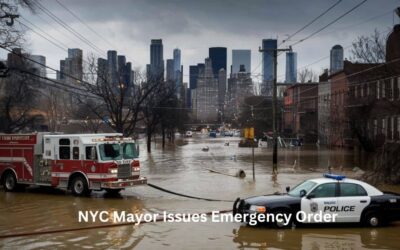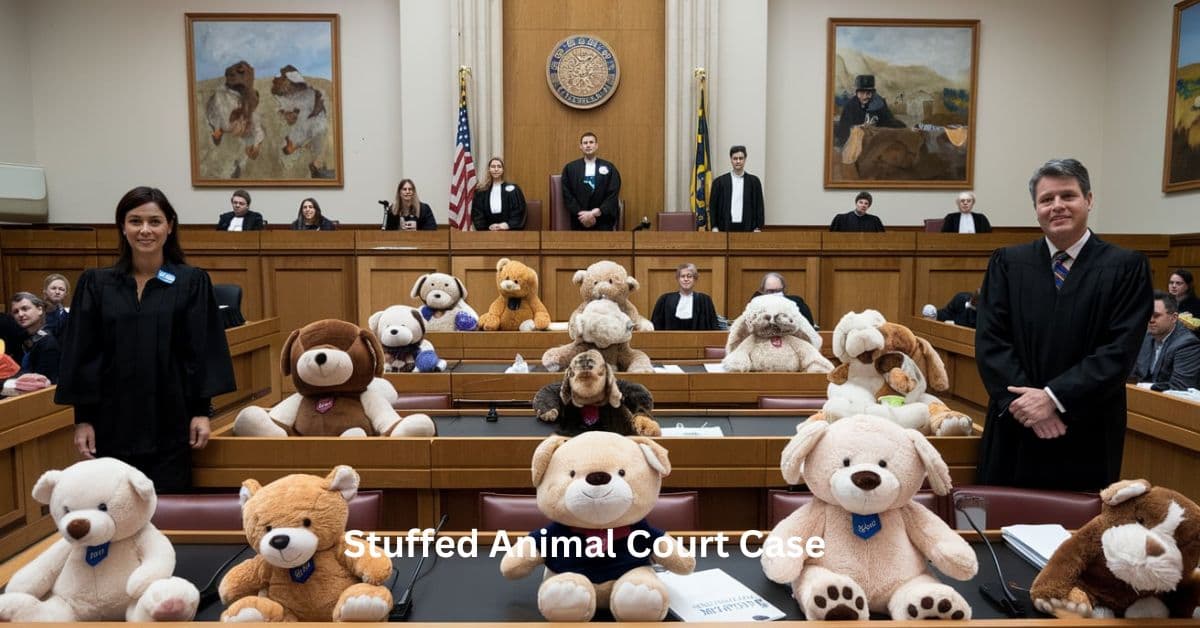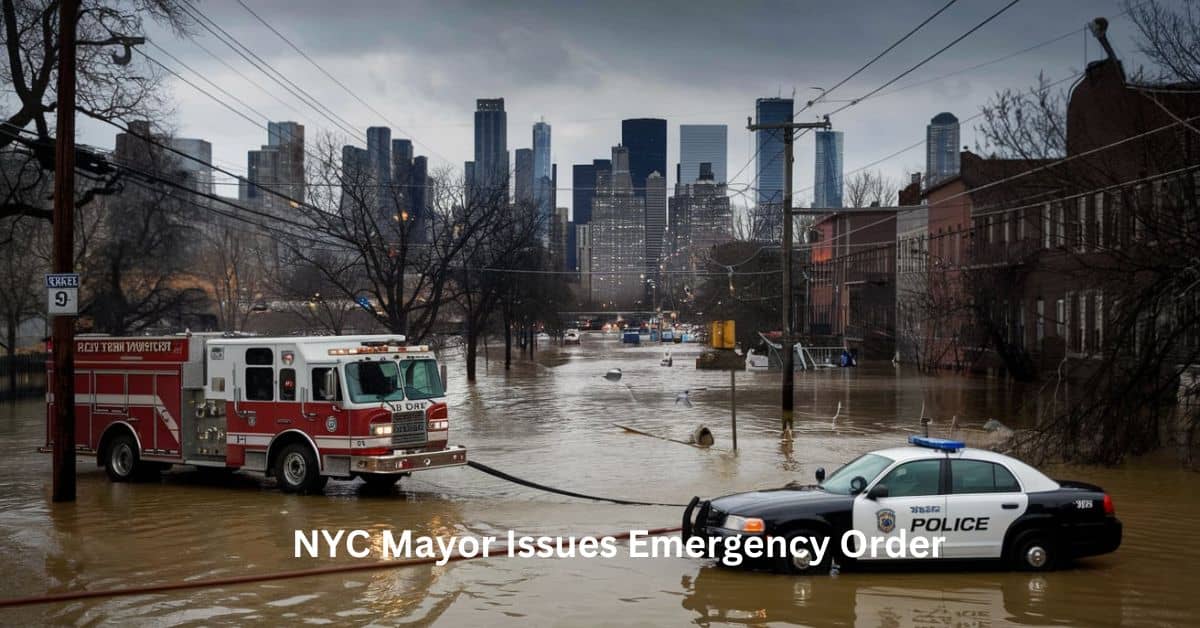Whirl of Water NYT: Understanding the Enigmatic Puzzle and Its Broader Implications

In the world of puzzles and wordplay, few topics spark as much intrigue as the “Whirl of Water NYT.” This phrase, linked to The New York Times crossword puzzles, highlights the intersection of language, creativity, and cultural commentary. In this comprehensive article, we will delve into the meaning behind “Whirl of Water,” explore its relevance in modern culture, and analyze the broader implications of the clues often found in such puzzles.
What Is the “Whirl of Water NYT”?
The phrase “Whirl of Water” typically leads to the answer “Eddy,” referring to a circular current of water. This term is often used in puzzles as a clever play on words, requiring solvers to think outside the box. In this context, “Whirl of Water” serves as a metaphor for the complexities of modern life, much like an eddy swirling in a larger river.
The Structure of Crossword Clues
Crossword puzzles, especially those featured in the NYT, often employ a unique style of clueing. The clues are designed not just to test knowledge but to challenge solvers’ wit and creativity. For example, clues such as “Down. Suffix with priest or count” leading to “Ess” illustrate how wordplay is integrated into the puzzle format. These intricate connections and playful hints are what make crossword solving a beloved pastime for many.
The Broader Cultural Context
The Insidious Proliferation of Modern Marketing
As we explore the concept of the “Whirl of Water,” it’s essential to recognize the surrounding cultural phenomena, particularly the insidious proliferation of modern marketing. In a world dominated by advertisements, social media, and constant consumerism, individuals often feel like they are caught in a whirlpool, struggling to stay afloat amidst a sea of options and distractions.
Understanding Consumer Behavior
Modern marketing strategies are designed to influence consumer behavior in subtle yet profound ways. The impact of branding, targeted advertising, and digital footprints creates an environment where choices may feel overwhelming. This whirlwind of information leads to decision fatigue and may even alter our perceptions of necessity versus desire.
Language and Communication
The “Whirl of Water NYT” serves as a reminder of the power of language in shaping our reality. Crossword puzzles are a unique form of communication, where words are not merely tools for expression but puzzles waiting to be solved. This linguistic play reflects broader societal trends, revealing how language evolves in response to cultural shifts.
Diving Deeper: Analyzing “Eddy” in Detail
Definition and Characteristics
An “eddy” is not just a simple whirl of water; it embodies specific characteristics that make it a compelling subject of study.
- Formation: Eddies form when flowing water encounters an obstacle, creating a swirling motion. This can be likened to how challenges in life can lead to creative solutions or unique paths.
- Size and Duration: Eddies can vary in size, from small, temporary swirls to larger, more persistent currents. This reflects the transient nature of many aspects of modern life—some issues are fleeting, while others require deeper contemplation.
- Ecological Importance: Eddies play a crucial role in aquatic ecosystems, promoting nutrient mixing and providing habitats for various species. This highlights the interconnectedness of all things, reminding us that our actions, much like water currents, have far-reaching effects.
Symbolism of the Eddy
In literature and philosophy, the eddy can symbolize chaos, change, and the search for meaning. Just as an eddy disrupts the flow of a river, individuals often find themselves navigating unexpected changes. Understanding this symbolism can provide insights into personal growth and resilience.
The NYT Crossword: A Cultural Institution
The New York Times crossword puzzle is more than just a game; it’s a cultural institution that has been entertaining and challenging solvers for decades.
Historical Context
First published in 1942, the NYT crossword has evolved significantly over the years. Initially created as a simple pastime, it has grown into a complex and revered art form, often featuring themes that resonate with contemporary issues, including politics, social movements, and pop culture.
The Influence of Crossword Puzzles
Crossword puzzles have a unique ability to bring people together, encouraging collaboration and conversation. Many enthusiasts gather in groups to solve puzzles, creating a sense of community. This collective experience fosters connections and enhances our understanding of language and culture.
Insights and Interpretations
The Intersection of Creativity and Logic
Solving the “Whirl of Water NYT” puzzle exemplifies the delicate balance between creativity and logic. While crossword puzzles require logical reasoning to arrive at the correct answers, they also demand creativity in interpreting clues. This duality mirrors many aspects of life, where we must often blend analytical thinking with creative problem-solving.
Reflection on Modern Life
In the whirlwind of modern life, the “Whirl of Water” serves as a metaphor for the challenges we face. Just as an eddy can disrupt a steady current, unexpected events can change our life trajectory. Recognizing and embracing these changes can lead to personal growth and deeper understanding.
Related FAQs
What is the significance of the term “Eddy”?
An eddy refers to a circular movement of water, often forming when a current encounters an obstacle. It symbolizes disruption, change, and the interconnectedness of ecosystems.
How do crossword puzzles enhance language skills?
Crossword puzzles improve vocabulary, spelling, and general knowledge, encouraging solvers to think critically about language and its nuances.
Why is the NYT crossword considered a cultural institution?
The NYT crossword has a rich history and has become a beloved pastime for many. Its clever clues and themes often reflect contemporary culture, making it relevant and engaging.
How does modern marketing influence consumer behavior?
Modern marketing employs strategies that subtly shape consumer decisions, creating an environment where individuals may feel overwhelmed by choices, leading to decision fatigue.
What lessons can we learn from the concept of an eddy?
The eddy teaches us about resilience, adaptability, and the importance of recognizing the interconnectedness of our actions in a broader context.
Conclusion
The “Whirl of Water NYT” encapsulates the intricate dance of language, creativity, and modern life. By exploring the term “eddy,” we gain insights into the challenges and beauty of our existence. As we navigate our own whirlpools, may we remember the importance of embracing change and finding clarity amidst the chaos. This exploration not only enriches our understanding of puzzles but also deepens our connection to the world around us.










